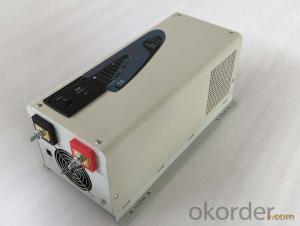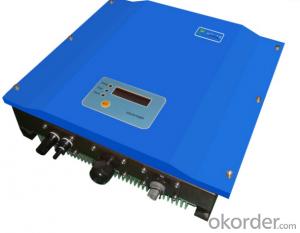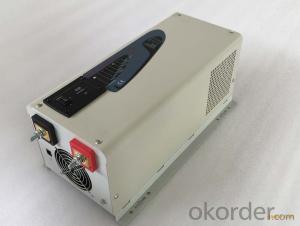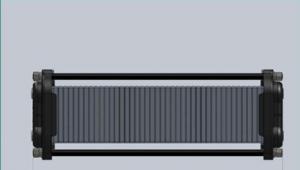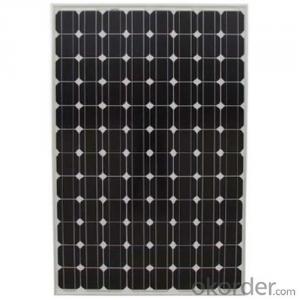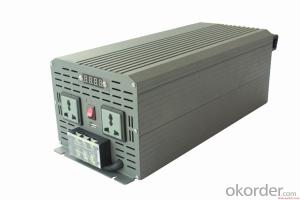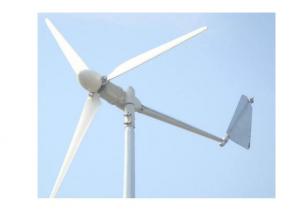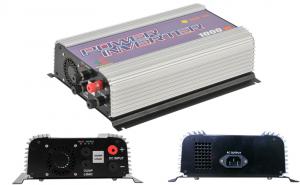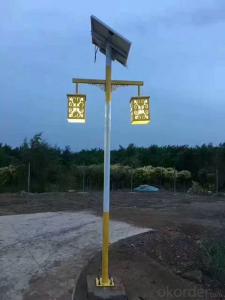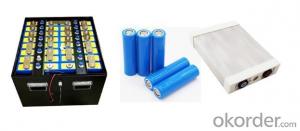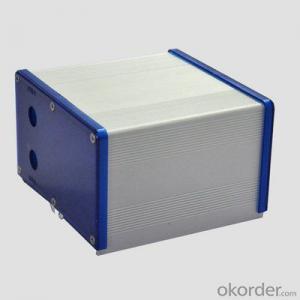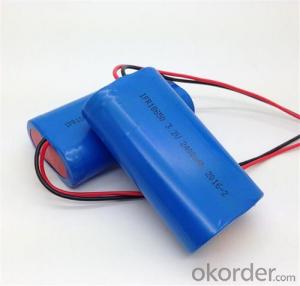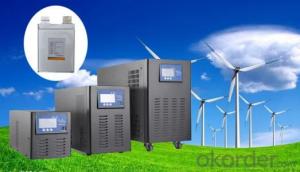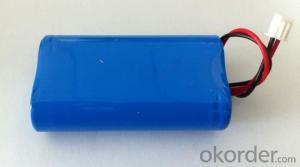1000 Watt Solar Inverter
1000 Watt Solar Inverter Related Searches
1000 Watt Solar Power Inverter 1000 W Solar Inverter Solar 1000 Watt Power Inverter 1000w Solar Inverter 1000kw Solar Inverter Solar Power Inverter 1000w 1000 Watt Solar Panel Inverter 1000 Watt Inverter Solar Panel 10000 Watt Solar Inverter Solar Inverter 1000 Watt Price Solar Inverter 10000 Watt 1000 Watt Solar Inverter Price 10000w Solar Inverter China Solar Inverter 1000kw 10000w Solar Power Inverter Solar Power Inverter 10000w 1000w Solar Inverter Price Solar Inverter Off Grid 1000w 1100va Solar Inverter 12000 Watt Solar Inverter Off Grid Solar Inverter 1000w 2000 Watt Solar Inverter 10kw Solar Inverter 10kw Inverter Solar 1200 Watt Solar Inverter 3000 Watt Solar Inverter 10kw Solar Power Inverter 1000w Solar Grid Tie Inverter 1kw Solar Inverter 2000 Watt Solar Power Inverter1000 Watt Solar Inverter Supplier & Manufacturer from China
The 1000 Watt Solar Inverter is a high-performance product designed to convert solar energy into usable electrical power. This efficient device is capable of handling a wide range of solar panel systems, making it an ideal choice for both residential and commercial applications. The 1000 Watt Solar Inverter is engineered to provide reliable and consistent power output, ensuring that your solar energy system operates at peak efficiency.The 1000 Watt Solar Inverter is widely used in various applications, such as powering homes, businesses, and even off-grid systems. It is particularly useful in areas with limited access to traditional power sources, as it harnesses the abundant solar energy available to generate electricity. This product is also suitable for use in remote locations, where extending power lines would be impractical or cost-prohibitive. By utilizing the 1000 Watt Solar Inverter, users can enjoy a clean and renewable source of energy that is both environmentally friendly and cost-effective.
Okorder.com is a leading wholesale supplier of the 1000 Watt Solar Inverter, offering a vast inventory of this high-quality product. As a reputable distributor, Okorder.com ensures that customers receive the best possible prices and exceptional service. With a large stock of 1000 Watt Solar Inverters readily available, Okorder.com is able to meet the demands of various customers, from individual homeowners to large-scale commercial projects. By partnering with Okorder.com, customers can be confident that they are receiving a reliable and efficient solar inverter solution for their energy needs.
Hot Products





